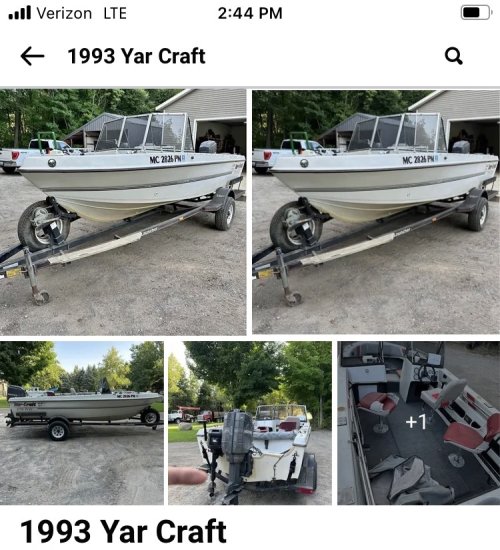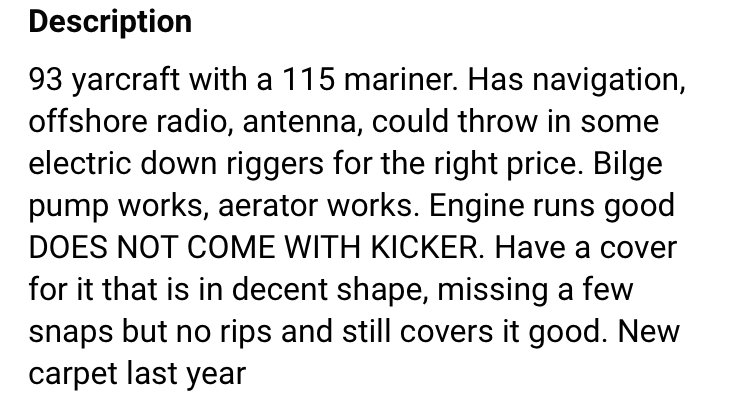Addicting
Well-known member
Anyone have any experience with these boats? I’m looking for an inexpensive walleye boat and this came up in my search. I like the idea of fiberglass over aluminum for the river. The extra weight seem to come in handy on windy days. Seems all this one would need is a good electric trolling motor. Providing one could be mounted to the bow.








